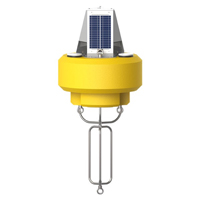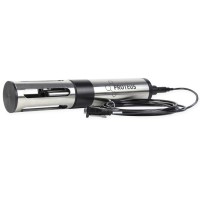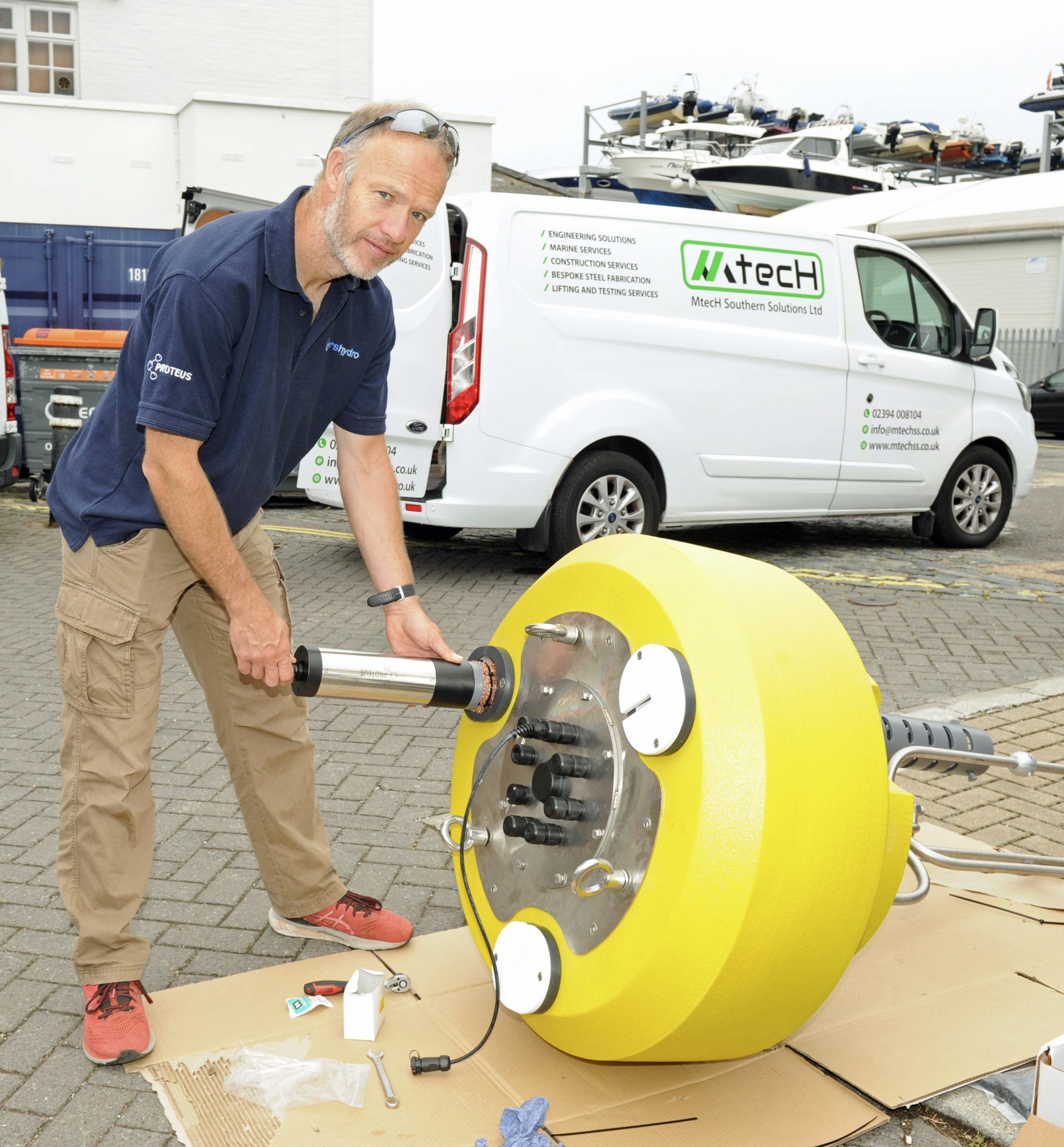 Beaches full of swimmers are a common sight during the warm summer months. Perhaps never more so than during the 2022 heat wave that swept across Europe and brought record-high temperatures to many areas. With warmer temperatures and more beachgoers looking to cool off with a swim in the sea, water quality at popular beach locations is more important than ever before.
Beaches full of swimmers are a common sight during the warm summer months. Perhaps never more so than during the 2022 heat wave that swept across Europe and brought record-high temperatures to many areas. With warmer temperatures and more beachgoers looking to cool off with a swim in the sea, water quality at popular beach locations is more important than ever before.
In the UK, Proteus Instruments and RS Hydro are working to ensure that swimmers can safely enjoy a bath at their favorite beach with the aid of groundbreaking real-time sensor technology. Buoys equipped with Proteus water quality multi probes are helping to instantly deliver critical information on bacterial loads–data previously only available through lengthy laboratory analysis. This real-time data better informs beach managers and ultimately helps ensure the safety of swimmers.
Challenge: Stormwater Overflows and Swim Safety
Much like record-breaking summer heat that draws people out to swim, large storm events are also becoming more frequent and powerful. Many areas suffer from undersized and outdated stormwater runoff systems that struggle to handle these events, particularly in areas where a lot of new development is taking place. The result can be direct sewage discharges into surface waters, in some cases near popular recreational sites that can introduce potent bacteria and endanger swimmers.
Tankerton beach, a popular site in the south of England about 60 miles east of London, is one location that is dealing with such concerns. As Councilmember Ashley Clark from the nearby City of Canterbury points out, “When it comes to dealing with sewage across the nation, there is a mountain to climb….to deal with the rainwater from development that gets into the sewage system and overloads current capacity.”
Solution: Groundbreaking Technology for Bacteria Monitoring
Collaborative efforts over many months between Canterbury City Council, Southern Water, the Environment Agency, University of Portsmouth, Proteus and others have yielded fruitful results. For the first time, a real-time water quality testing buoy equipped with Proteus Instruments’ water quality multi-probe has been deployed along the coast at Tankerton.
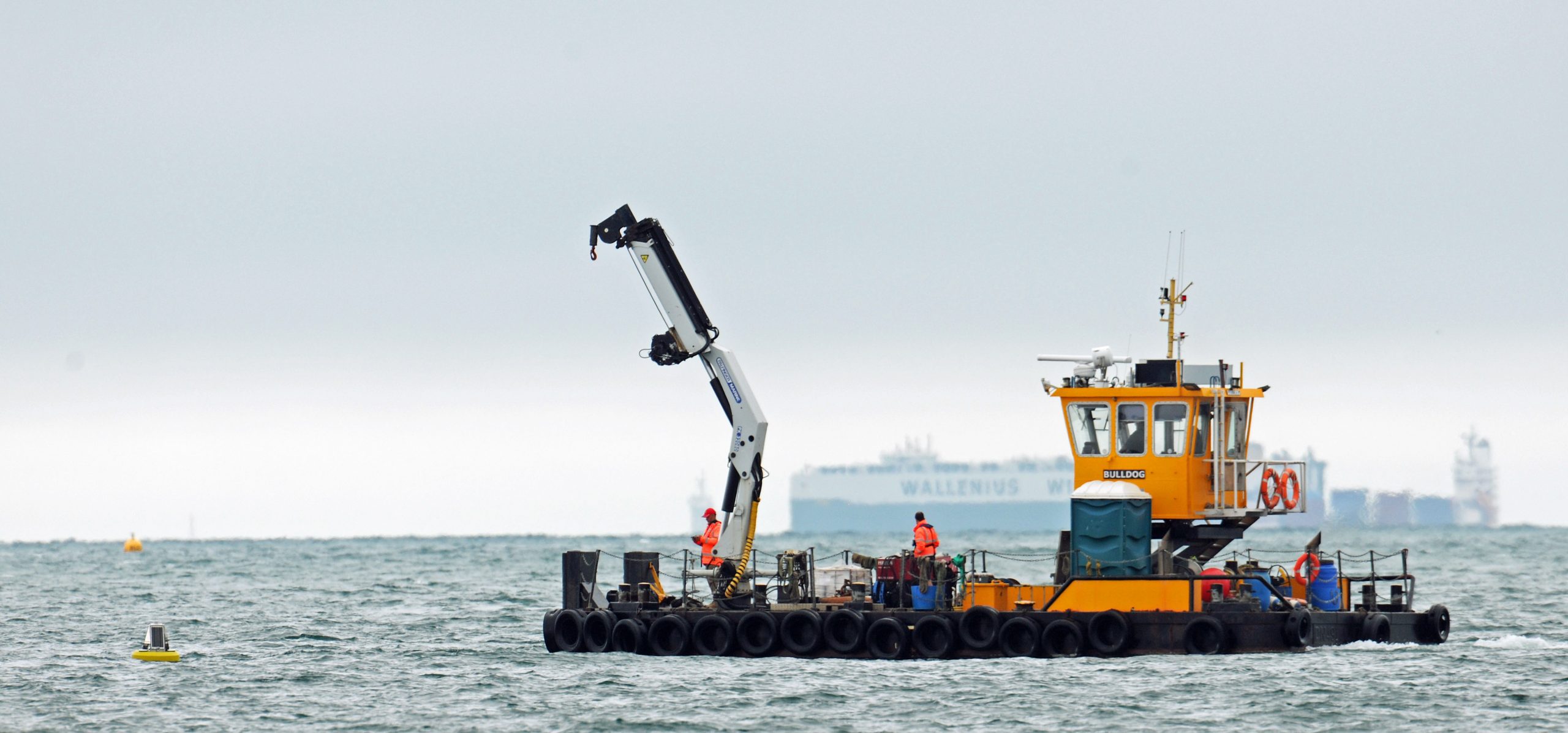 The buoy, a NexSens model CB-450, will initially be used in a 12-month pilot study. The data from this study will be used as a proof of concept for other future applications responding to similar concerns. In addition to the buoy at Tankerton, Southern Water has also worked closely with Havant Borough Council to launch a second water quality testing buoy at Hayling Island. This buoy is equipped with the same instrument package as the buoy at Tankerton and will thus offer a comparative data set.
The buoy, a NexSens model CB-450, will initially be used in a 12-month pilot study. The data from this study will be used as a proof of concept for other future applications responding to similar concerns. In addition to the buoy at Tankerton, Southern Water has also worked closely with Havant Borough Council to launch a second water quality testing buoy at Hayling Island. This buoy is equipped with the same instrument package as the buoy at Tankerton and will thus offer a comparative data set.
Stationed about 400m from the shore, these buoys record and transmit a range of water quality measurements, including E. coli and faecal coliform loads every few minutes. In the past, this type of data was impossible to collect in real time. Bacterial measurements have required manual samples to be sent to a lab for analysis. This would normally mean a delay of at least a day before results were known and provided only a limited data set. Swimmers could thus unknowingly be exposed to potentially hazardous conditions in some cases. The Proteus instrument now allows for samples to be taken more frequently and alert immediately when adverse conditions are detected.
Dr. Nick Mills, Head of Southern Water’s Storm Overflow Task Force, is thrilled to see the pilot project come to fruition. “This is a huge step forward in water quality technology in the UK and seeing this happen now is incredibly exciting as it is the culmination of many months of hard work,” he said.
Benefits: Safe Swimming, Transparent Results
The buoys supplement an existing program called Beachbuoy that delivers near real-time data to the public on the timing of stormwater release events. Mills believes the buoy deployment will take this already popular program to the next level. “This new technology will build on this success and deliver what is really needed – hard data on what the condition of the water really is at that moment in time,” he added. “This is one of many technologies and techniques that we are exploring to better monitor water in some of our most popular bathing spots and keep people safe.”
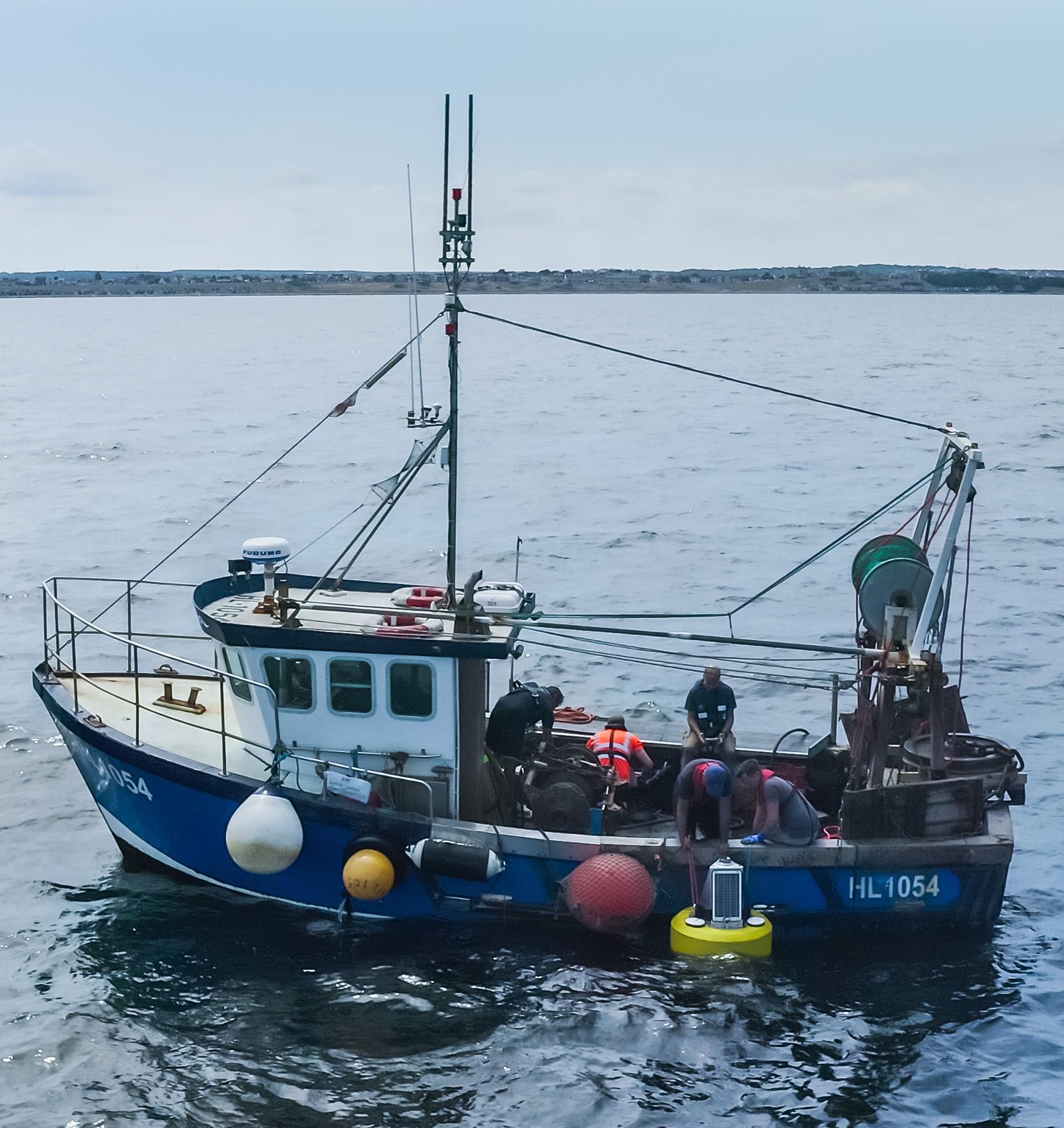 During the initial 12-month pilot study, data will be collected for internal analysis, and the results will be presented to the public at the conclusion. If successful, this study will be used to inform future monitoring programs. The expectation is that the data will prove to be valuable and a vast improvement over previous methods.
During the initial 12-month pilot study, data will be collected for internal analysis, and the results will be presented to the public at the conclusion. If successful, this study will be used to inform future monitoring programs. The expectation is that the data will prove to be valuable and a vast improvement over previous methods.
An important part of the study to ensure success is the proper maintenance of the Proteus instrument. For this, the NexSens CB-450 buoy is an ideal platform. In addition to providing flotation and power to the monitoring system, the buoy further facilitates operation by allowing project personnel to access the instrument for maintenance easily and without complete removal of the buoy from the water. This is achieved by placing the instrument in a 914M deployment pipe, which threads directly into a buoy pass-through port and provides topside access by removing a security lid, then drawing up the instrument.
The bottom line
The first-of-its-kind program is allowing the public to enjoy their local beaches safely and with peace of mind knowing that conditions are being monitored. Canterbury City Councilmember, Ashley Clark, a frequent swimmer herself, sums up this effect:
“This is a welcome step in the right direction and will provide useful reassurance to ensure the locals and visitors who use our coastline can do it safely and with a greater level of confidence. Sea bathing has many positive health benefits year-round in terms of exercise and a boost to the immune system.”
The NexSens CB-450 Data Buoy is ideal for deployment in lakes, rivers, coastal waters, harbors, estuaries and other freshwater or marine environments.
The Proteus is a multi-parameter sensor platform for accurate and reliable measurements of BOD, COD, TOC and Coliforms (total, E. coli or fecal) in temporary and permanent applications.

